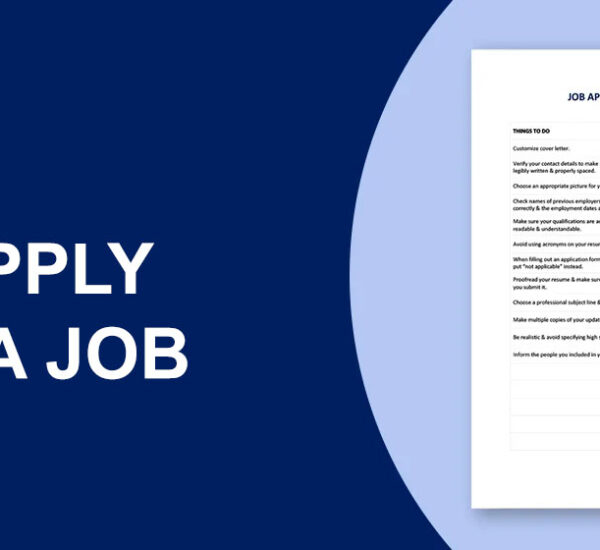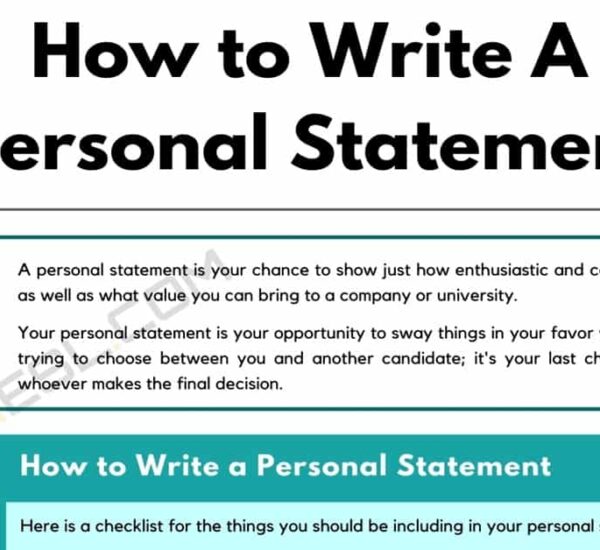Learning a new language does not have to be a slow or tedious process.
While nothing can replace the hard work and effort required, it can speed up the process!
Follow these 10 tips on how to learn a new language fast, and you’ll be on your way to mastering that new language faster than you ever thought possible.
How To Learn A Foreign Language Efficiently
Set language learning goals
The first step to learning a new language quickly is to set goals for what you want to achieve.
At the thought of learning a new language, most of us feel overwhelmed. There are so many words to learn and so many different ways to study.
Research shows that people who set the right kinds of goals are more likely to achieve success. Setting goals narrow your focus so you can stop worrying about the details and start working.
Use these guidelines to get the most out of your goals:
Set short-term goals. It’s good to have an end goal: what you ultimately hope to achieve. But long-term goals are too big to motivate you on a day-to-day basis. Break your end goal into smaller chunks and set smaller goals for each week or month.
Challenge yourself (but not too much). Goals work best when they force you to work. If they’re too scary, they can really put you off.
Focus on specific, tangible results. Set detailed goals and focus on what you plan to learn, not how long you plan to study. An example of a good goal could be: “This week I will learn 30 vocabulary words in Spanish related to shopping”.
Write your goals. Writing goals helps you commit to them. Post your goals in a prominent place, like your bathroom mirror or your smartphone’s home screen.
Learn the “right” words
Strategize and prioritize your learning, focusing on what matters.
The exact amount may differ, but for many languages, it takes between 1,000 and 3,000 words to be colloquial. So why waste time trying to learn more words, especially at first?
Identify which words, phrases, and expressions will get you the most feedback, and work from there. You can start with practical and conversational topics and work from there.
Use flashcards
As you learn your words, you’ll learn faster using the best study techniques like Spaced Repetition Software (SRS).
For example, one of the best ways to do this is to use flash cards. Flashcards help you focus on individual words and allow you to test yourself, which helps you memorize new information.
When learning with flashcards, follow these tips to learn fast:
Try eCards. Paper flashcards work just as well as before, but with digital flashcards, you can easily carry big stacks on your smartphone or tablet. You can also take advantage of flashcards that other people have created and made public.
Be sure to guess the meaning of a word before turning the card over. Flashcards work best when you use them to test your memory, so don’t be too quick to flip them. Even if you don’t know a word, try to guess it.
Learn the translations first, then learn how to produce the new words. Start by looking at the side of the card with a foreign word and memorize what the English translation is. Then, turn the cards over and use them to practice producing foreign words when you see their English equivalents.
Practice makes perfect, but effective practice makes perfect even faster!
Study smart
Some other great strategies for integrating new words alongside and beyond the flashcards include:
Visualize and vocalize. Visualize the word you are learning, imagine a picture of what it represents, and say the new word out loud. This helps you connect concepts and can improve memorization.
Gesture. The brain learns best when it uses physical actions while learning. Enjoy it gesturing. If you want to learn the German word Schuh (shoe), say the word while pretending to put on a shoe.
Talk while you read and write. It will help you remember faster if you vocalize your target language. Read everything you read or write out loud, and try to imitate a real native speaker’s accent while doing it. Remember that the goal is to finally talk, so this step is important!
Use mnemonic devices. Make a sentence with the new word you are learning, the meaning of the word, and a word in your native language that sounds similar. For example, if you want to learn the word table in Spanish, you can think of a phrase like: “My kitchen table is always messy!”
Think in your target language
People say you don’t master a foreign language until you catch yourself thinking about it. This makes sense.
Thinking directly in your target language as much as possible will help you avoid mistakes and speed up the learning and speaking process. It can also help you avoid confusion in the middle of a conversation.
If you need to translate, be strategic. Referencing languages you already know and using the translation can be an advantage, but there are ways to do it efficiently and correctly.
What you can do is think of all the short and simple sentences that you use in your daily communication. What phrases do you need in the supermarket? In the mail? At work? At home?
Use a trusted source for your sentences to make sure they are correct. Learn to pronounce them and then always think about them as you go about your daily activities.
Start using the language all day, every day
As a beginner, it can seem overwhelming trying to use the language all day, but it’s not as difficult as it sounds. There are many easy and even fun ways to make language a part of your daily life.
You can use your normal daily activities as part of your language-learning process.
Take advantage of every moment you have to learn new words. Take flashcards with you and study them on the train or bus (but not while driving, please!) or when you’re waiting to meet a friend.
Change your cell phone to the language you are studying. You can also do this with your other devices or social media accounts.
Immerse yourself in language at home by designing your home environment so that you are surrounded by language.
Tape new words around your home, like bathroom and kitchen walls, for visual cues. You might also consider checking out Olly Richard’s language courses, which help address the issue of engagement by guiding you through the immediate concerns of learning a language fluently.
Get a lot of understandable information
When you start to feel tired, switch from active learning to passive learning by doing what you would normally do in your native language in your target language. In other words, receive understandable information.
Comprehensible input means material in your target language that you can understand, but it’s still a bit above your level because there are some words or grammatical concepts that you don’t know.
According to one of the most influential theories in linguistics, obtaining comprehensible information is the way people acquire and become fluent in a language. To get good at a language quickly, you want to get a lot of understandable (listening and reading) information out of it, especially at first.
This is really fun to apply because the input could mean TV shows, comics, online videos, podcasts, or even actual conversations you hear in your target language. Read on for tips on how to best use these features!
However, the problem is that they must be understandable. If you watch a movie without understanding any of the lines, drop some dots and go for easier material!
Watch movies and use subtitles
This is the time for movies and video content to appear in your language program. They are a great example of a complete entry. Also, to make studying fun, bring some resources you really enjoy!
It may seem like a waste of time, but I assure you that it is not. Netflix is a very good source of movies in different languages.
Think of all the idioms, conversation phrases, and essential vocabulary that appear in them. Not only are they interesting, but they also immerse you in the culture.
There are a few steps to watch a foreign film if you want to maximize your language learning potential:
First, watch the movie or a scene while reading the subtitles. If there is a word that you do not understand, write it down in your personal dictionary and define it.
Pronounce these words and try to get the accent right. If you can, put them into your own sentences so you understand how they can be used in different situations.
Now go back to watching the movie or scene without subtitles. It is important to understand as much of the speech as possible. That way, you can take your listening comprehension and fluency to the next level.
One downside is that as a language student you may need to check the meaning of words, expressions, and cultural references can be confusing.
To solve this problem for students, the FluentU language learning program uses interactive subtitles in two languages.
FluentU takes authentic video content in your target language and turns it into study material through tools like flashcards, transcriptions, a video dictionary, and clickable captions that explain every word.
Don’t want to take the time to write down every unknown word you come across? You can click on any word that appears on the platform and it will automatically be added to a custom list for you to study with the built-in flash card feature later.
FluentU allows you to choose from 10 languages and there are also Android and iOS apps available.
Listen to music and learn the lyrics
If you love listening to music and you do it anyway, why not listen to it in your target language? Words tend to flow more naturally when you sing, and singing makes pronunciation easier.
Music is also fun because it’s a direct line to the culture you’re learning about. Of course, you will have to choose songs with lyrics if you are trying to improve your fluency. Find the lyrics online and try to sing them.
Thanks to amazing sites like Genius, lyrics to any song in any language are generally available, along with lyric meanings, translations, and romanized versions (if necessary).
It doesn’t matter if you are musically talented or completely deaf. The only important thing is to follow the flow of the words. There’s nothing more fluid than the way words connect through music.
Read local literature
Reading to improve your language skills is another great strategy. It helps you with vocabulary, grammar, and sentence construction and is also a great way to deepen your cultural knowledge.
Miguel de Cervantes wrote in Spanish, Italy has Dante, Hugo introduced the sophistication of French expressions, and the great Tolstoy and Dostoevsky revealed new dimensions of the Russian language.
If novels and advanced books are too overwhelming for you right now, try learning with bilingual books, children’s books, or books designed for language learners.


